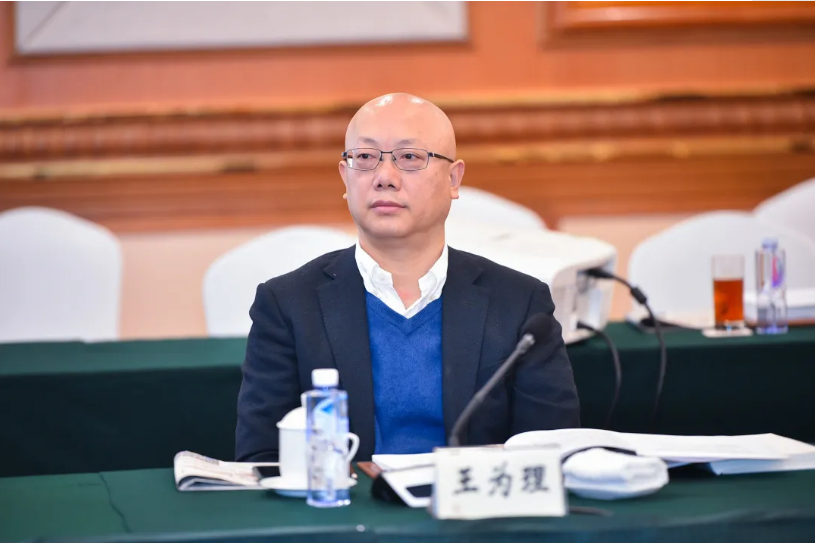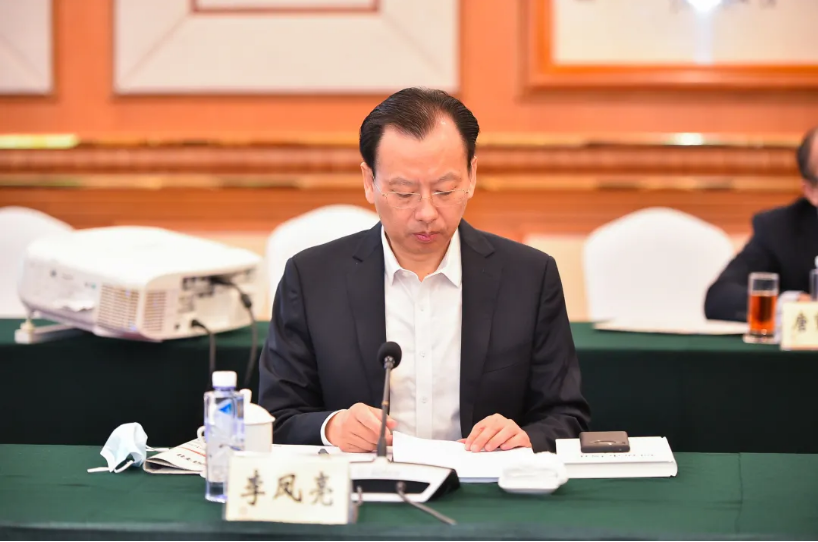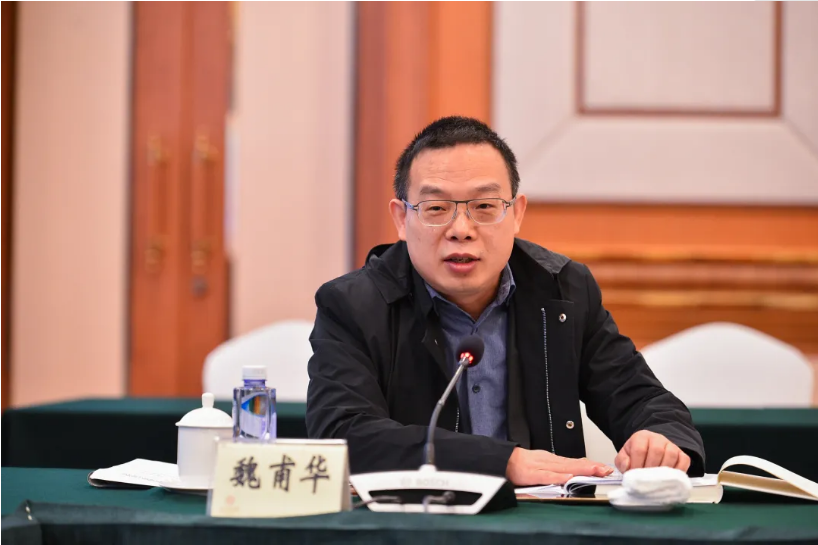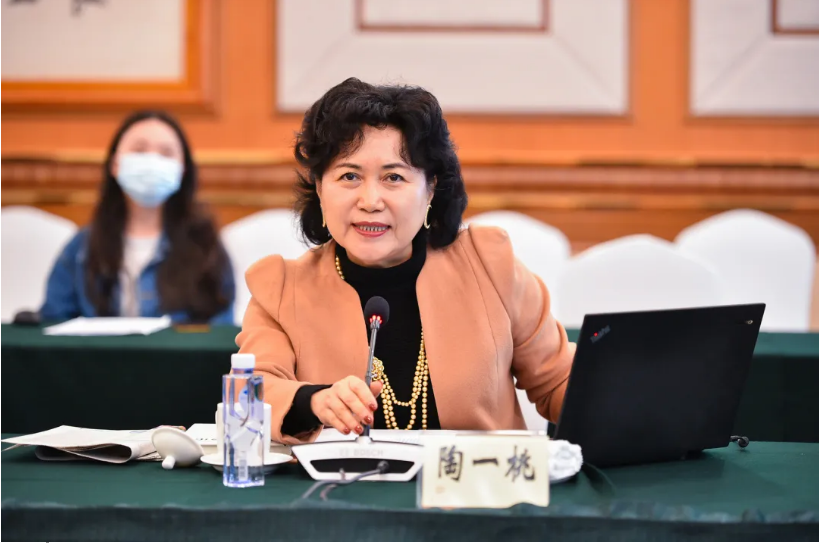On December 23, 2020, a press conference on “Mass Entrepreneurship and Innovation Research Report (2020)” and “Theory of Innovation Market” & experts workshop was held in Shenzhen Wuzhou Hotel.
This event was hosted by the Publicity Department of Shenzhen Municipal Committee, Shenzhen Academy of Social Science, Shenzhen University and Shenzhen Publishing Group, and organized by the Belt and Road Research Institute (Shenzhen) for International Cooperation and Development (BRRI) under the guidance of the Counsellors' Office of the State Council.
Attending this event were Wang Jingsheng, Counsellor of the State of Council, Tao Yitao, Director of the China Center for Special Economic Zone Research (CCSEZR), Shenzhen University (SZU) and President of the BRRI, Wu Sikang, Director of the Development Research Center of Shenzhen Municipal People’s Government, Wu Dinghai, President of the Shenzhen Academy of Social Sciences, Wang Weili, Vice-President of the Shenzhen Academy of Social Sciences, Liu Hongyi, Head of Jao Tsung-I Institute of Culture Studies SZU, Li Fengliang, Deputy Secretary of Party Committee of Southern University of Science and Technology and Dean of the Institute for Cultural Industries Shenzhen University, Wang Yuejun, Deputy Secretary of Party Committee of Shenzhen Press Group, Nie Xiongqian, Deputy Secretary of Party Committee of Shenzhen Publishing Group, Ren Ting, Secretary of Party Committee of Peking University HSBC Business School, Wei Fuhua, Vice-President of Haitian Publishing House and related department representatives and research teams.

Covers of monographs “Research Report on ‘Mass Entrepreneurship and Innovation’ (2020)” and “Theory of Innovation Market”

Wu Sikang, Director of the Development Research Center of Shenzhen Municipal People’s Government

Wang Weili, Vice President of the Shenzhen Academy of Social Sciences

Li Fengliang, Deputy Secretary of Party Committee of Southern University of Science and Technology and Dean of Institute for Cultural Industries Shenzhen University

Nie Xiongqian, Deputy Secretary of Party Committee of Shenzhen Publishing Group

Wei Fuhua, Vice-President of Haitian Publishing House
Prof. Tao Yitao, member of the research team, Director of CCSEZR, SZU and President of BRRI says “Research Report on ‘Mass Entrepreneurship and Innovation’ (2020)” is the fifth assessment on China’s mass entrepreneurship and innovation. It is not only the second analysis on the development of mass entrepreneurship and innovation in the Greater Bay Area, a world-class city cluster that is rising from southeast China, but also a tribute to the 40th anniversary of the establishment of Shenzhen SEZ. We hope our research can answer the “Whys” that we now have using rational thinking so as to summarize the past. We further hope that our research can answer the “Hows” that we will face using the power of ideas, so as to embrace a better future by deepening reform and building an innovative nation.

Prof. Tao Yitao, Director of CCSEZR and President of BRRI
The report believes that according to the “Global Innovation Index 2020” released by World Intellectual Property Organization (WIPO), Shenzhen-Hong Kong city cluster retains its second spot as the most innovative city cluster globally. According to the Report, China has risen to 14th place in terms of innovation capability and is among the best in important indicators like patent, utility model, export of creative products and design application. In terms of technology clusters, China is second only to the US with 17 of its clusters making to the top 100 list. Thereby, the report makes a general judgment that “core area of innovation is gradually moving eastward”.
With a brand-new perspective, the report analyzes the forming and development process of innovation nodes and entities on the innovation network of the Greater Bay Area. According to the assessment results of the system of mass entrepreneurship and innovation in the Greater Bay Area, Shenzhen and Guangzhou are two pivotal cities on the innovation network, undoubtedly leading innovation efforts in the area. As a pilot demonstration area of socialism with Chinese characteristics and a core city of the Greater Bay Area, Shenzhen focuses on building a core innovating layer underpinned by "alliances among powerhouses" to lead regional development. Being the provincial capital, Guangzhou focuses on building innovation foundation in the Greater Bay Area, makes an overall coordination and lays a solid innovation foundation to empower regional innovation. Typified by "leading innovation development internally and attracting resources from outside", the two cities lead the development of the Greater Bay Area innovation network.
According to the Report, Shenzhen retains its top spot in the comprehensive index of mass entrepreneurship and innovation; Shenzhen values most the comprehensive improvement of mass entrepreneurship and innovation environment, makes most efforts in allocating mass entrepreneurship and innovation resources, and strikes the best balance between mass entrepreneurship and innovation value and social costs.
Shenzhen ranks second in terms of environment support, . The Report believes Shenzhen keeps ramping up efficiency and quality of government affairs by building smart city and “digital government”. Regarding industrial base, Shenzhen is seeing the burgeoning of strategic emerging industries, and the continual rise in global competitive edges of hi-tech products.
Shenzhen makes the most efforts in allocating mass entrepreneurship and innovation resources in China. The report believes that Shenzhen has introduced highly appealing policies to attract talented people. As a result, it rises significantly to third place out of 9 cities in the proportion of employees working in knowledge-intensive industries, the same level as Beijing (16.97%) and lower only than Shanghai (20.59%). In 2019, Shenzhen's spending on science and technology hit 54.84 billion yuan. The investment primarily goes to fundamental and applied research and aims at supporting key generic technologies and leading technological innovation, and pooling resources and efforts to make breakthroughs in solving stranglehold problems. This is reflective of Shenzhen’s focus on improving the allocation of mass entrepreneurship and innovation resources and encouraging innovation.
Shenzhen strikes the best balance between mass entrepreneurship and innovation value and social costs in China. The report shows that the added value of Shenzhen's hi-tech industry accounts for 34.28 percent of the city's GDP, the only city with a proportion of over 30% in China. In 2019, the number of patents granted in Shenzhen hit 1,666,000, 6.73% of the nation's total, surpassing Beijing (132,000) and other highly-creative cities in China to top the list; its patent amount per 10,000 persons (61.69 patents/10,000 persons) also beats China’s capital (60.36) to rank first.
After further analyzing the forming and development process of innovation nodes and entities on the innovation network of the Greater Bay Area, the research team reveals a trend as follows:
First, the innovation network of the Greater Bay Area is changing dynamically as a cluster from small to big and from simple to complex then to optimized.
The report indicates that a simple regional innovation network started to take shape in 1990. In 2000, the network to some extent expanded a little and in general displays a simple linear structure. In 2010, the network developed rapidly with the structure shifting from simple to complex. In 2019, each city in the Greater Bay Area engaged in in-depth cooperation leveraging their own advantages, bringing the network to a phase of rapid development and internal optimization.
Second, the innovation network of the Greater Bay Area is generally widening and deepening.
In terms of spatial characteristics, the network is gradually forming a pattern of “multi-core, diversity, overlapping and co-existence”; in terms of entities of innovative cooperation, it has shifted from enterprises standing out to collaboration among enterprises, colleges and research institutions; from the perspective of innovation nodes, the network, once driven by the single engine Guangzhou, is now powered by four engines including Shenzhen, Guangzhou, Dongguan and Zhuhai; and in terms of industries, while those covered by patents are continuously widening, advantages of leading industries are becoming more and more pronounced in a rapid fashion.
The research team believes the 4 principal characteristics of the innovation network of the Greater Bay Area can be boiled down to: “2 core cities” leading the innovation, “social network” expanding, “diverse entities” collaborating and “leading industries” pioneering.
The report believes that “2 core cities” leading means that Shenzhen and Guangzhou are respectively shouldering the important mission of developing the innovation network of the Greater Bay Area with clear purposes. The innovation pattern led by the “two networks” initially takes shape. On these two networks, Shenzhen outshines in innovation and Guangzhou excels in controlling resources.
On the innovation network, Shenzhen is getting closer to the absolute center of the power in innovation cooperation. In 2019, Shenzhen became the core node of cooperative innovation of the Greater Bay Area by scoring 86.10% higher than Dongguan and 124.20% higher than Guangzhou in terms of degree centrality.
Guangzhou has the greatest control over resources in the innovation cooperation of the Greater Bay Area In 2019, Guangzhou was 120.59% higher than Shenzhen and Dongguan, which both ranked second, in terms of betweenness centrality score, showing a clear advantage. Consequently, Guangzhou increasingly becomes the omnipotent go-between in the innovation cooperation of the Greater Bay Area.
According to the Report, “social network” expanding means that the inter-city cooperation of the Greater Bay Area is becoming closer without stop and the network for external cooperation growing constantly.
Between 2010 and 2019, the initially dispensed center composed of the core nodes Guangzhou and Shenzhen had shifted towards an innovation network that is multi-core, diversified, overlapping and co-existent, with Shenzhen and Guangzhou staying at the center, Dongguan and Zhuhai emerging as the sub-centers and other cities joining the network by connecting with Guangzhou and Shenzhen. Finally, two smaller clusters of creative cities gradually emerge on the east and west banks of the Pearl River.
The report believes that “diverse entities collaborating” refers to the emerging momentum of coordinated development underpinned by enterprises, colleges and research institutions alike in the Greater Bay Area.
In 2019, 1,715 enterprises were among all the patent co-applicants in the Greater Bay Area, accounting for 88.17% of the total, topping the rest entities; 81 and 109 patents were granted to research institutions (4.16%) and colleges (5.60%) respectively. Enterprises are actively exploring innovation collaboration in multiple fields in great depth and width. The collaboration between Shenzhen and other cities alone has already covered 12 major industries ranging from people’s welfare, energy to cutting-edge technologies.
The report believes that “leading industries pioneering" depicts the overall pattern of the Greater Bay Area where the 6 major leading industries develop with great momentum and the full industrial chain expands in depth.
However, the Report also mentions that we need to address the following 4 issues before further developing the innovation network of the Greater Bay Area based on what we've learned at its starting phase. 1. How to boost vitality within the Greater Bay Area and accelerate the flow of innovation elements. 2. How to break administrative barrier and effectively carry out mass entrepreneurship and innovation events. 3. How to weaken dysfunctional competition within city cluster of the area and promote benign interaction of the network. 4. How to make up for the shortcoming in governance and improve performance of mass entrepreneurship and innovation in the area.
To speed up the building of the innovation network in the Greater Bay Area, the Report advises that it fundamentally requires a shift in the innovation governance paradigm. The governance system for science and technology should shift from the government as the sole manager to multiple subjects participating in governance, and the government should change from focusing on resource management to governing by multiple means. The government should establish a benign way of interaction that is led by the government and joined by entrepreneurs, scientists and the general public to bring together the leader and driver, i.e., government and market. The government should also set up a set of innovation network systems and institutional systems that are feasible, useful, efficient, superior and dynamic.
For the first time, “Theory of Innovation Market”, the monograph released on the day, studies the development of mass entrepreneurship and innovation and the building of an innovation market in Shenzhen as well as the Greater Bay Area from the perspective of innovation market. Publication of the monograph not only fills the void of researches on national innovation market theory but also provides scientific principles to guide the building of innovation markets that are thriving in China.
Related Reports:
· Shenzhen Evening News
https://app.myzaker.com/news/article.php?pk=5fe2b7741bc8e05c2c00014b
· Shenzhen Special Zone Daily
https://www.dutenews.com/p/1133892.html






